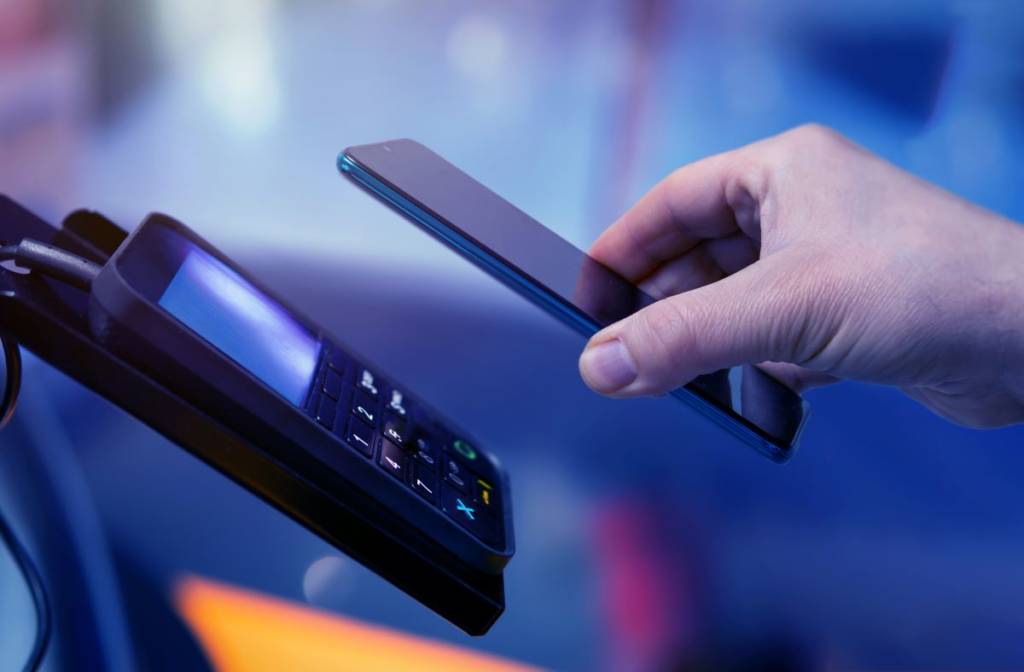The path to financial inclusion
The journey toward greater financial inclusion has already started, with its integration into seven of the 17 sustainable development goals of the United Nations, and is the main idea behind several initiatives, including the Universal Financial Access by 2020 initiative (UFA2020), created by the World Bank Group. This commits to providing one billion people with access to a transaction account through targeted interventions by 2020.
Despite the efforts that traditional banking has made toward financial inclusion, almost two billion people remain unbanked. Traditional banking models haven’t been enough to reach this population, and it is necessary to understand that the unbanked have the same needs as the banked population. The way to deliver services must change. Moreover, a new business model tailored to low-income markets with low-cost, high-quality services and ease of use needs to be made to work side by side with financial literacy and digital providers.
According to a Celent Latin America Financial Inclusion survey, the perceived barriers for banks in reaching the unbanked are product suitability and lack of personal documentation. Therefore, innovation becomes key, and even though banks agree that innovation is critical, half of them admitted that it is not playing any role in their strategic planning processes.
If financial institutions do nothing to reach these untapped markets, the competition from challenger banks, fintechs and big technology players will continue. For example, in Latin America, 70 percent of the population is unbanked or underbanked, and here fintechs are gaining popularity among this population.
The role of mobile phones in financial inclusion
Mobile channels are crucial in financial inclusion. The Economic Times reported that 1.1 billion unbanked adults have a mobile phone, leading us to think that the key means to deliver financial services in a sustainable way and accessible to everyone should be via the mobile phones and the services provided by mobile networks operators (MNOs). The adoption of mobile phones in the payments ecosystem will not only revolutionize traditional banking, but also financial inclusion. While traditional banking requires users to physically enter a branch, mobile banking puts financial access in people’s hands. One of the most relevant examples of delivering financial services to the unbanked through mobile phones is in Kenya, with the M-Pesa mobile payment system, which isn’t related to the financial sector. M-Pesa is a mobile transfer application provided by Safaricom Network Company. The user needs to own a registered Safaricom SIM card and, after completing the registration, the network sends an updated menu to the phone, allowing the user to send money, pay bills and make withdrawals from M-Pesa’s agents who facilitate the operations. This system currently has 25.57 million users in Kenya and has helped in increasing the access to financial services to population by 8 percent since 2016; becoming a game changer.
Alternative payment instruments in financial inclusion
Another reference point for financial inclusion is India, where the main driver has been demonetization – part of the government’s goals to promote digital payments and reach the unbanked population in rural areas. The journey began in 2009 with the implementation of the Aadhaar card, which is the largest biometric ID system in the world, targeted to deliver financial and other subsidies, benefits and services to Indian people.
RuPay card is another financial inclusion instrument endorsed by the Indian government. This is a domestic debit card that can be used at all ATMs for cash withdrawals and at POS for online transactions in the country. The card can also be issued to any account holder and is commonly used by farmers. It is available in public, small and cooperative banks and in some select private banks. According to National Payment Corporation in India (NPCI), RuPay cards and Unified Payments Interface (UPI) together own 60 percent of the market share of digital transactions in India, with more than 560 million people holding a RuPay card.
Financial inclusion in Latin America
According to the Center for Global Development, Latin America still has a gap of 50 percent in terms of ownership of financial instruments in its population, in comparison to its peers in developed countries. This is a clear indicator that the region still has a huge potential to grow. Some fintechs are already aiming to capitalize and gain market share.
Aflore is one of the most recognized fintechs in the Latin American market and it belongs to a category of alternative financial platforms that provides loans to the unbanked through informal financial advisors. The business model looks to formalize the behavior in the informal system, where people lend money to each other. The company has expanded its services throughout the continent, and in 2014, Aflore was nominated as one of the most promising socially responsible start-ups in Latin America. Currently, it has disbursed more than USD $1.3 million in loans.
Another Latin American example is Nequi, which is a free mobile wallet, providing financial services to every person with a smartphone. To get Nequi, the user downloads the app, completes the registration form (which includes facial recognition) and can then start to save money, make online payments and bank transfers, pay for DIRECTV service and recharge their mobile phones. Due to its relationship with Bancolombia, Nequi’s users can also make cash withdrawals at their ATMs. Nequi was awarded the Celent price to be “best Digital Bank” for its innovation and capacity to deliver financial inclusion.
Challenges and opportunities for financial inclusion services providers
For key players in this new ecosystem, it is necessary to think about the disruptive technologies that are emerging. According to Celent’s Latin America Financial Inclusion survey, mobile channels and open APIs are listed as the two most important technologies for promoting financial inclusion. Blockchain finished in last place, despite its potential. Open APIs enable open banking, which will allow fintechs, startups and end users to connect directly to banks without mediators, keeping transaction costs low and making interoperability a reality.
Consumers without traditional banking relationships have found the costs of financial services to be too high, instead relying on alternative methods of financing or sticking to cash transactions. The growth of digital services lowers costs to serve a traditionally low-revenue demographic.
It’s clear that digital and mobile banking have the potential to achieve much for the unbanked population, due to accessibility and low costs. However, it is necessary for banks to embrace this paradigm shift and start down the path toward being more inclusive. While fintechs should create new disruptive models, apps or methodologies that allow the unbanked to access financial services, it’s important to consider the key role of policymakers and how they can foster financial inclusion in Latin America’s promising emerging markets.




